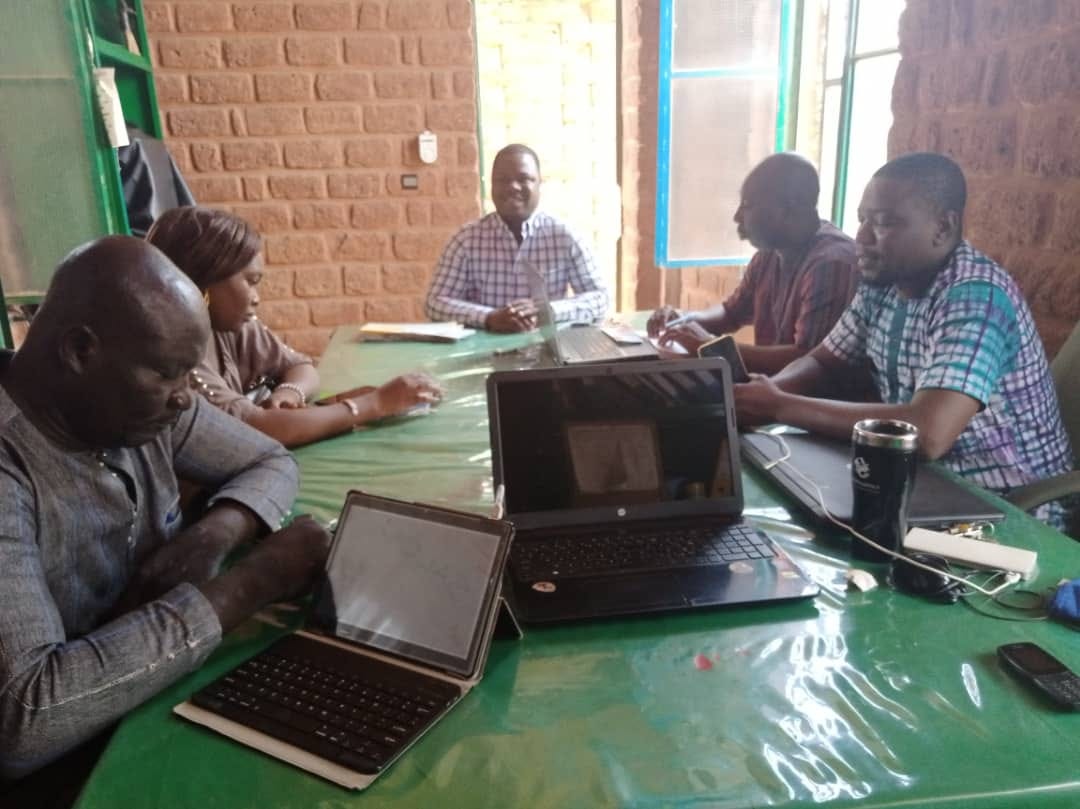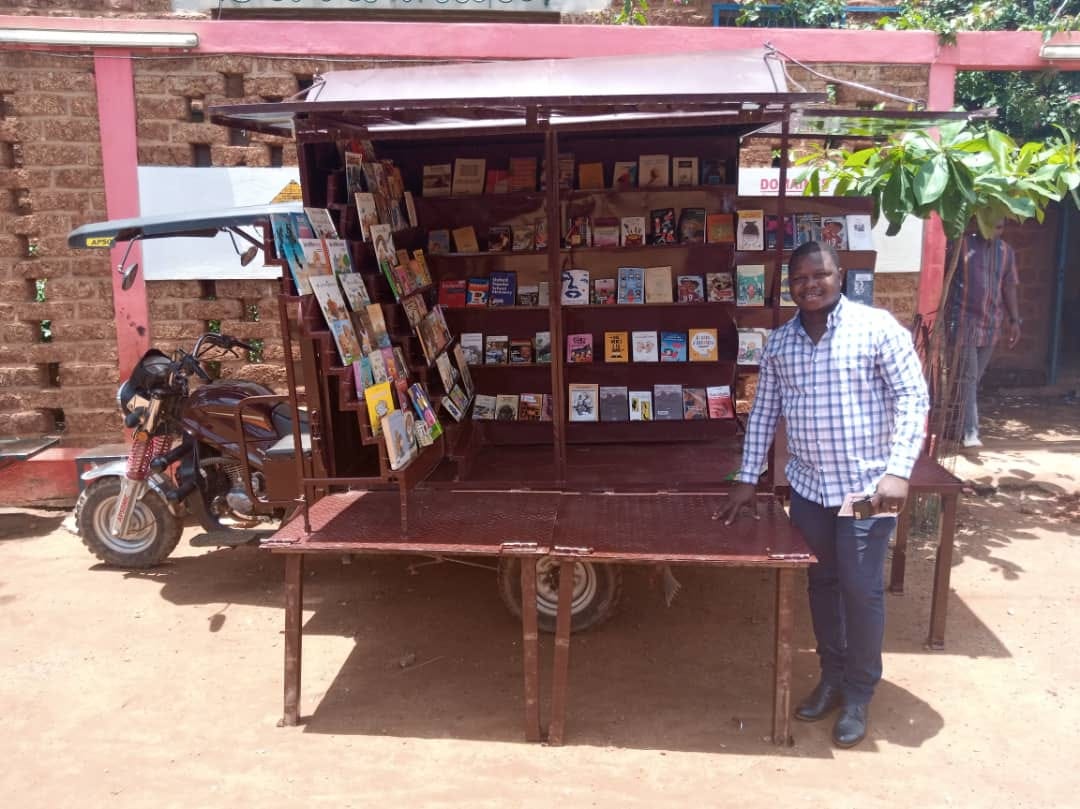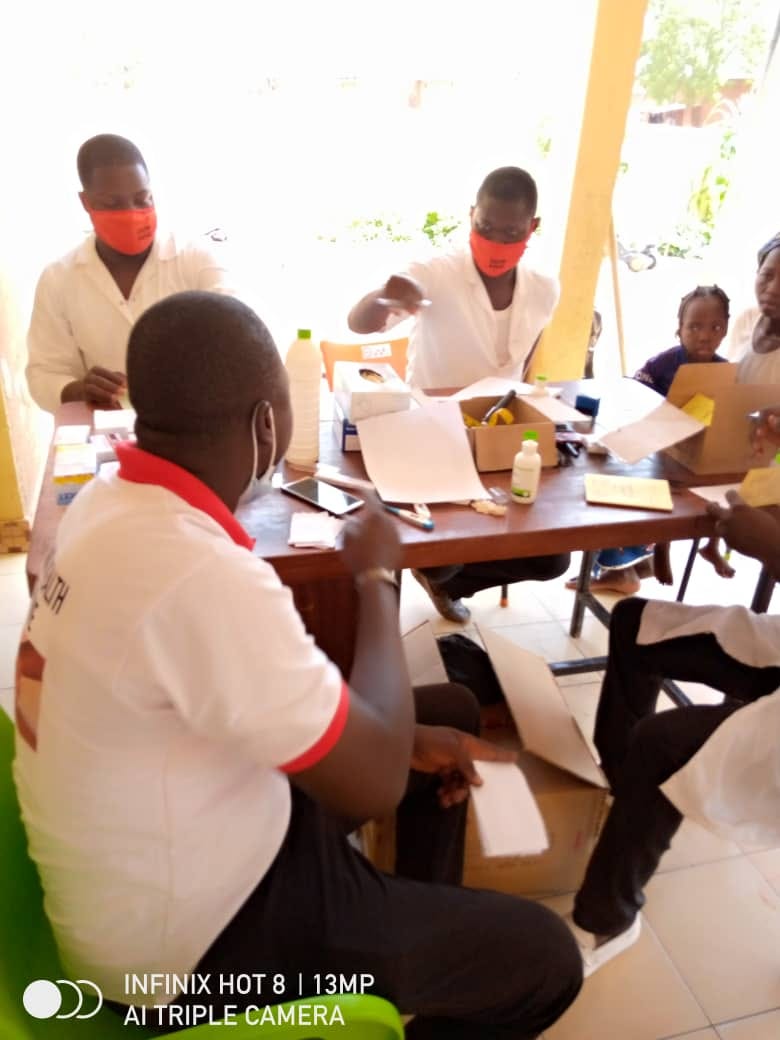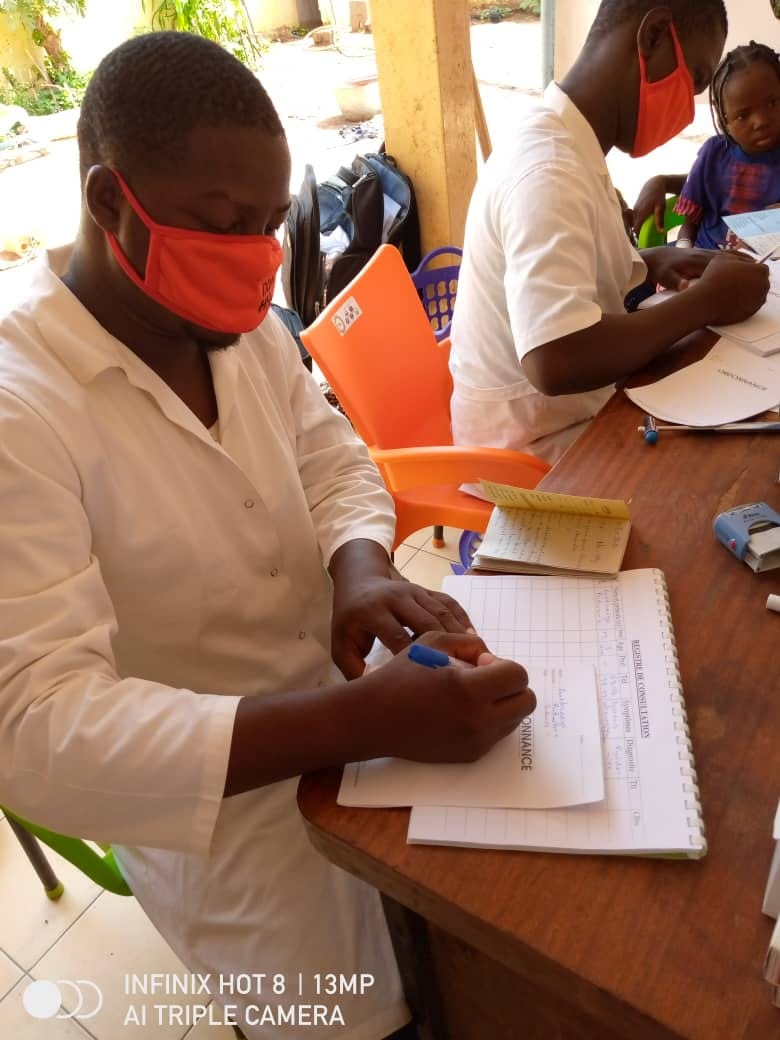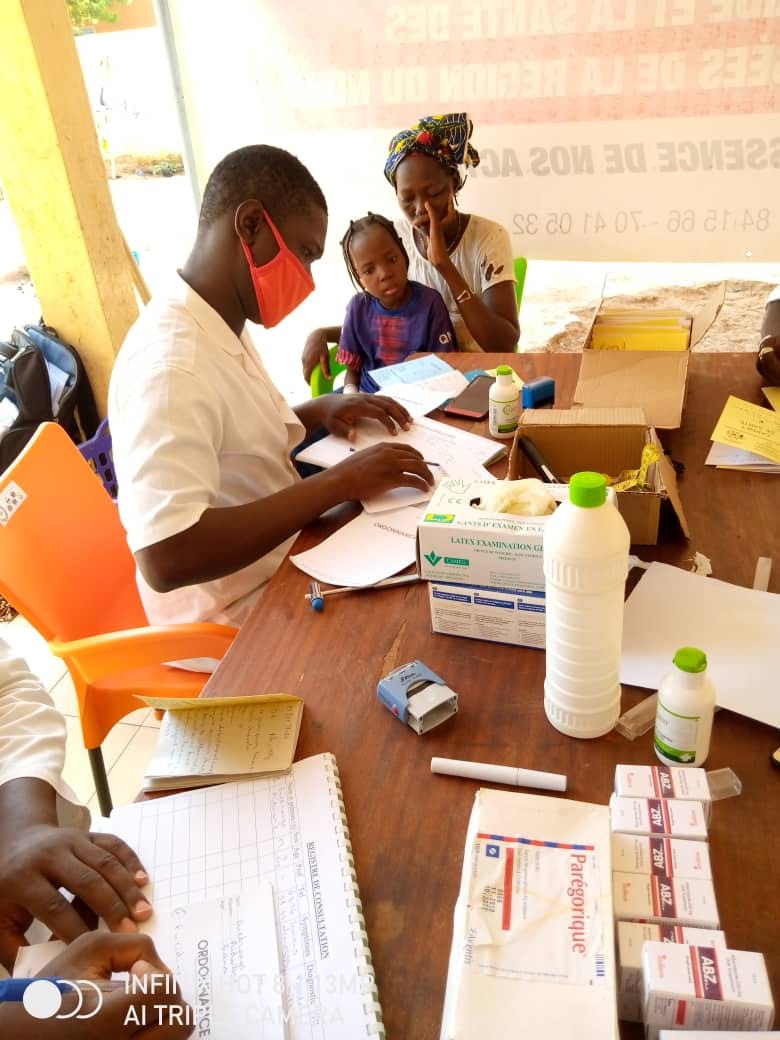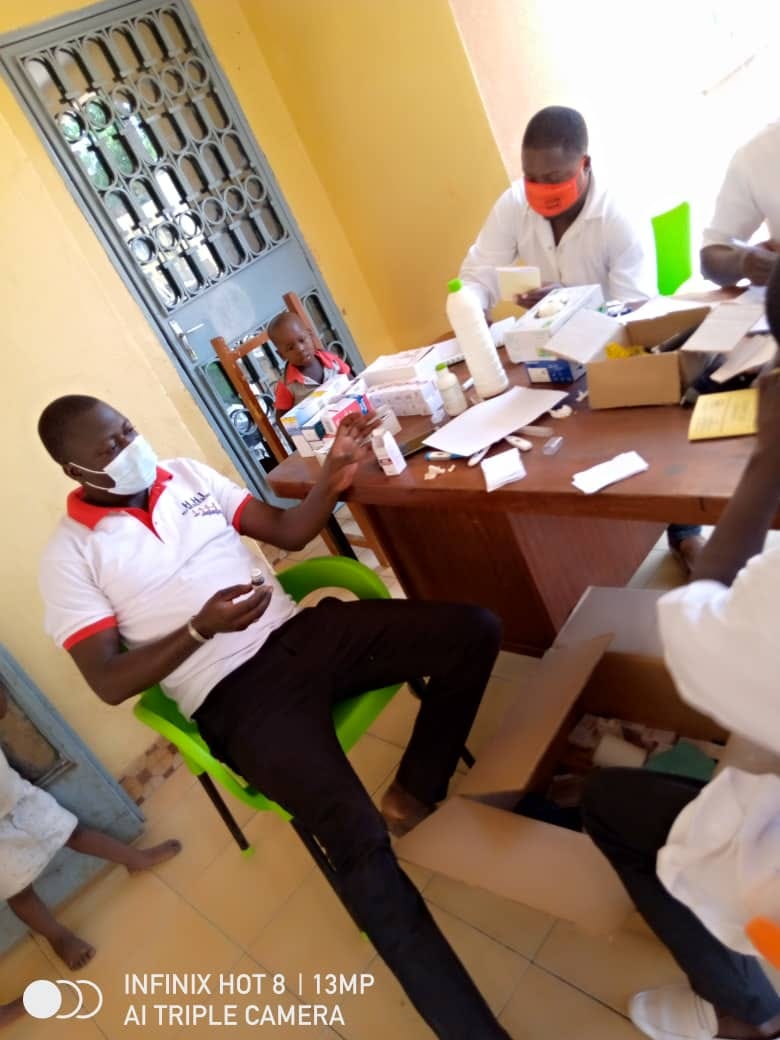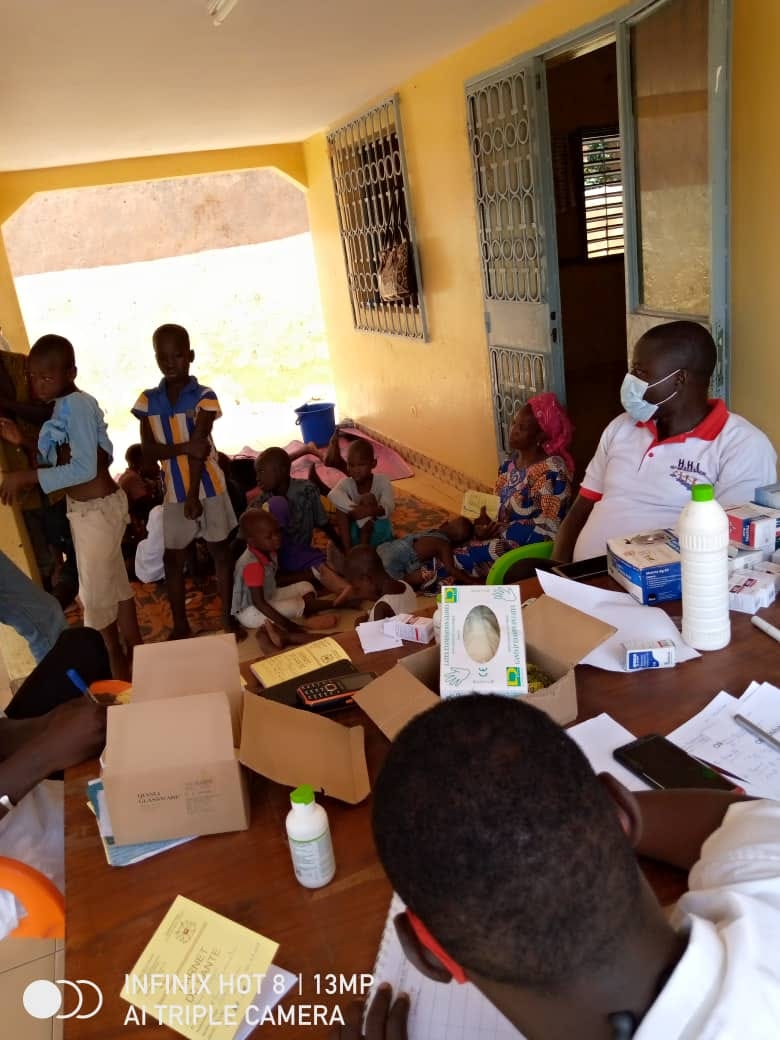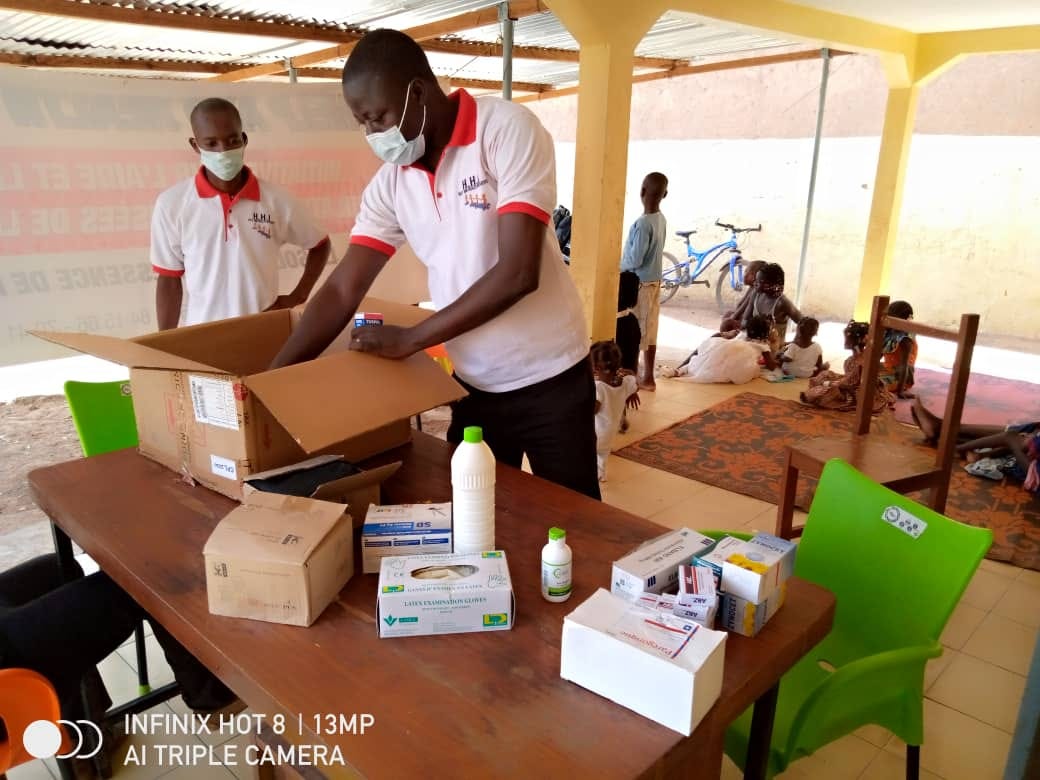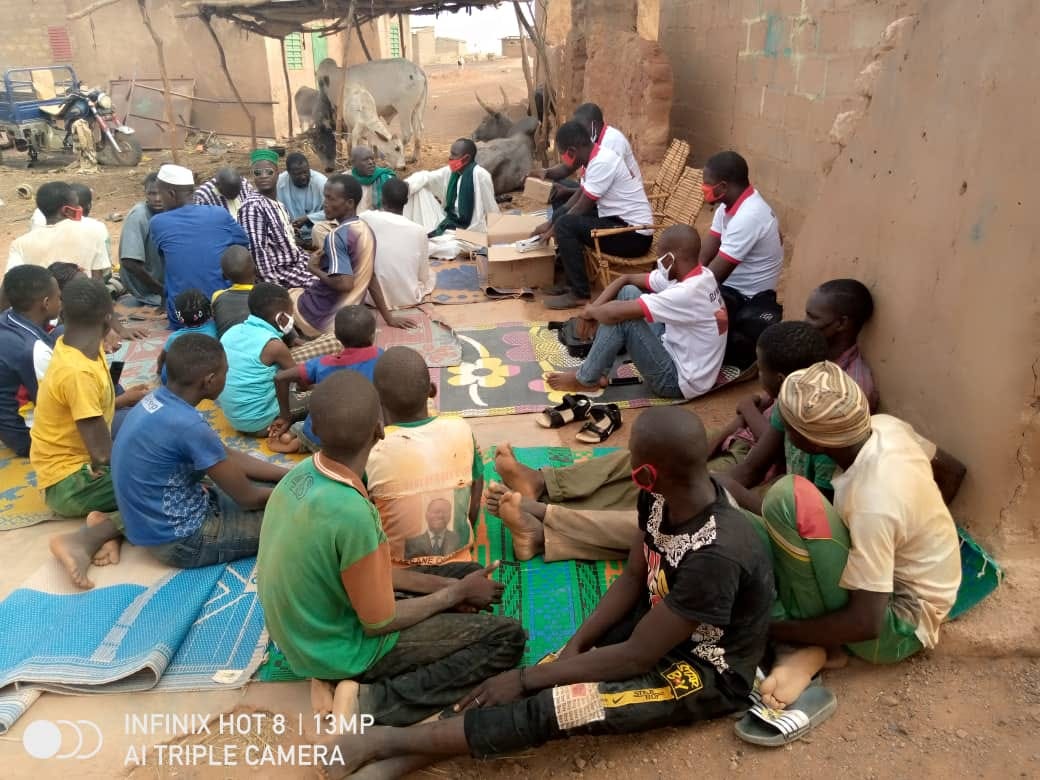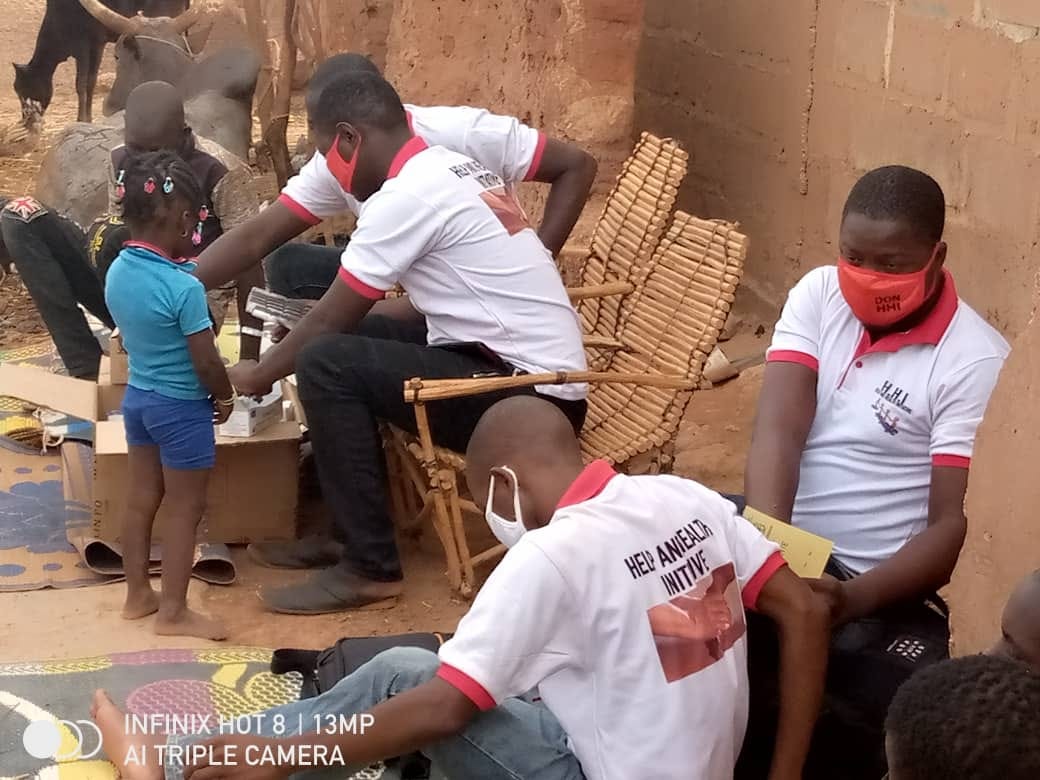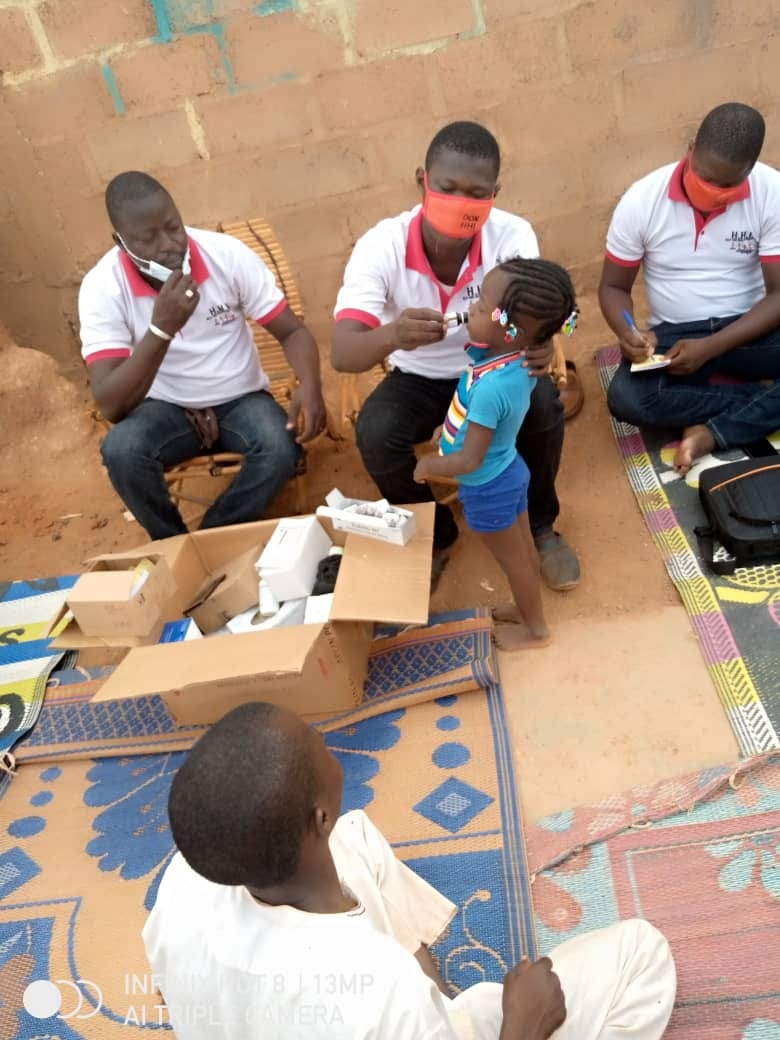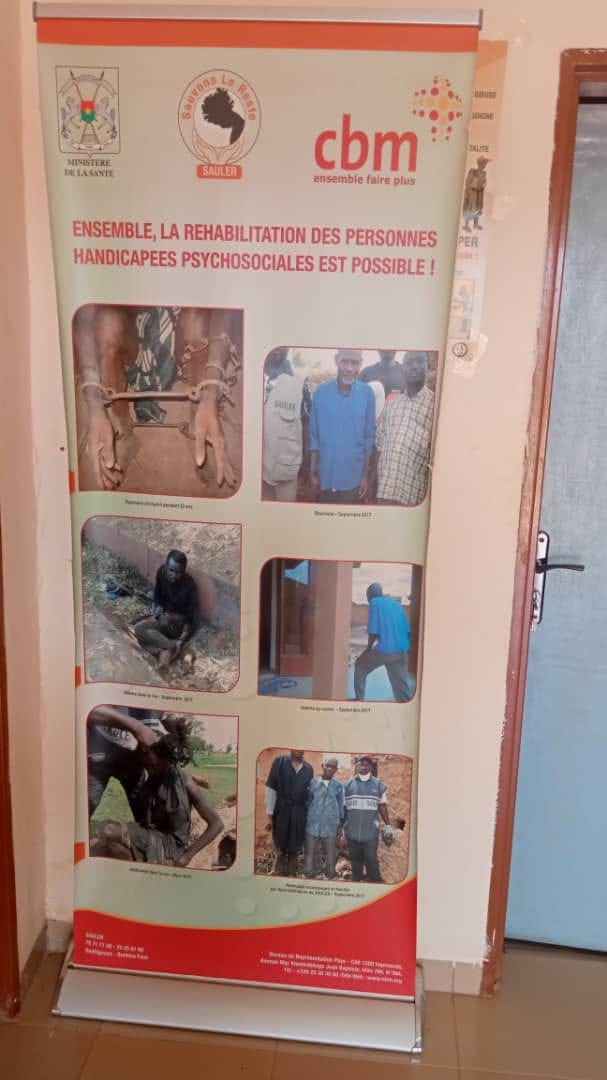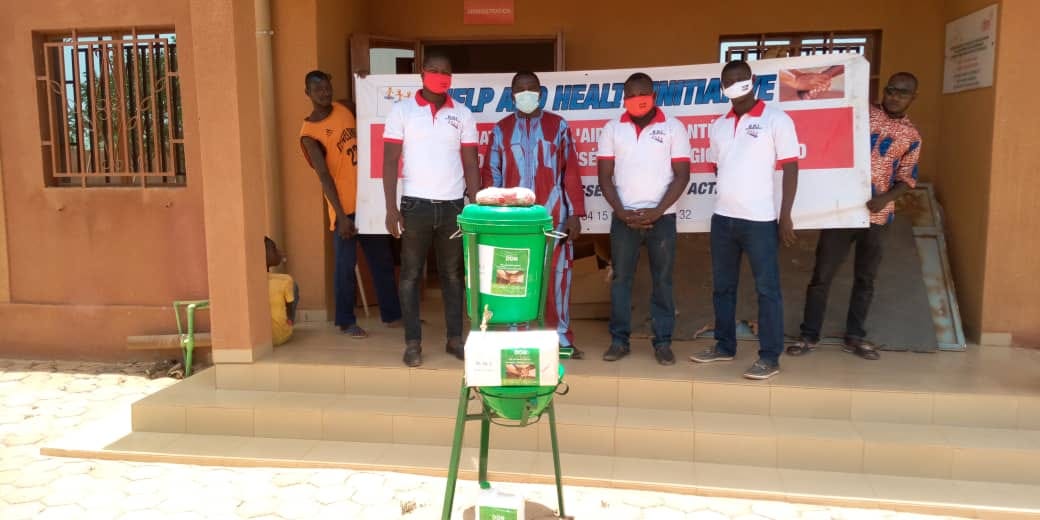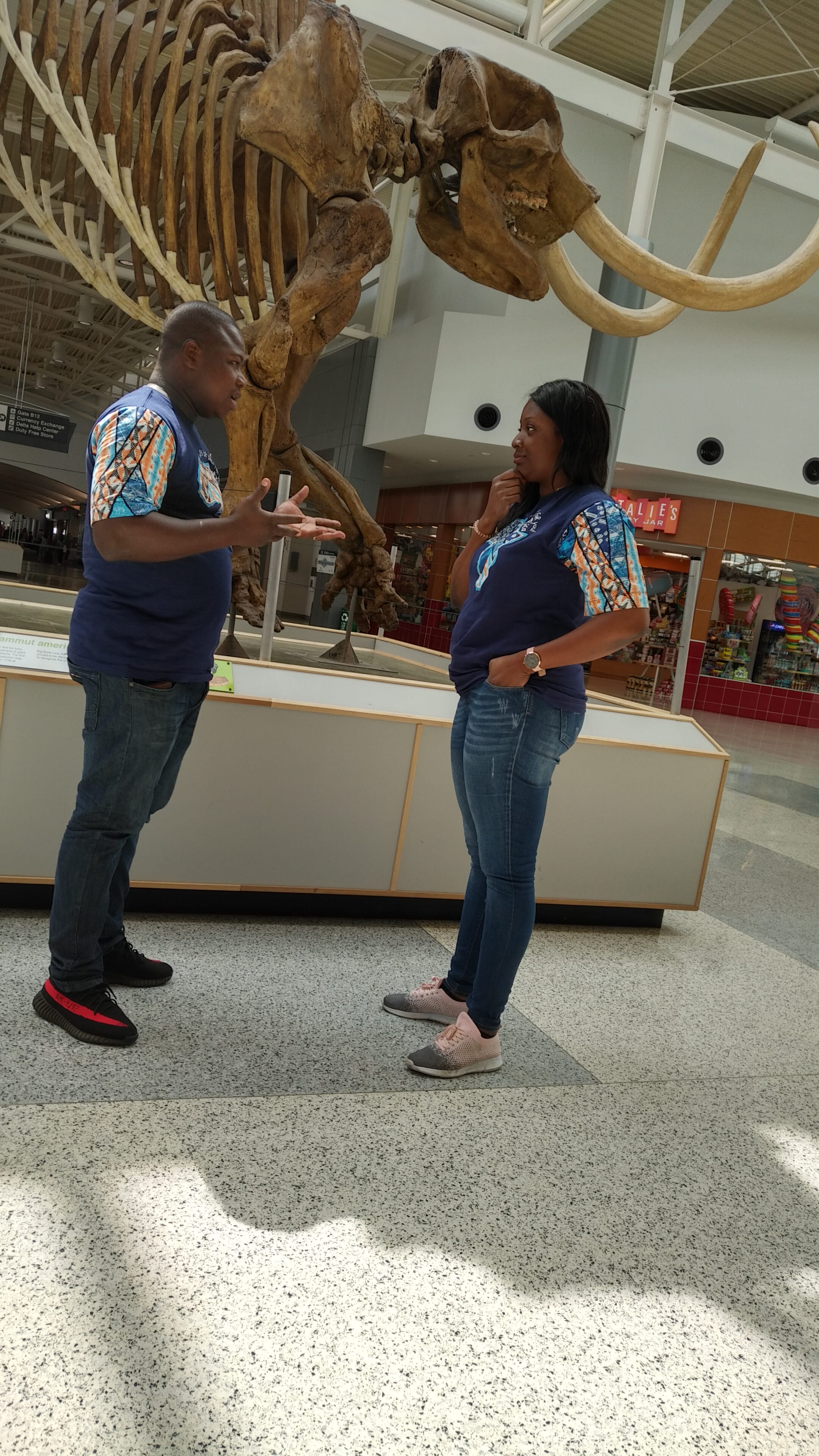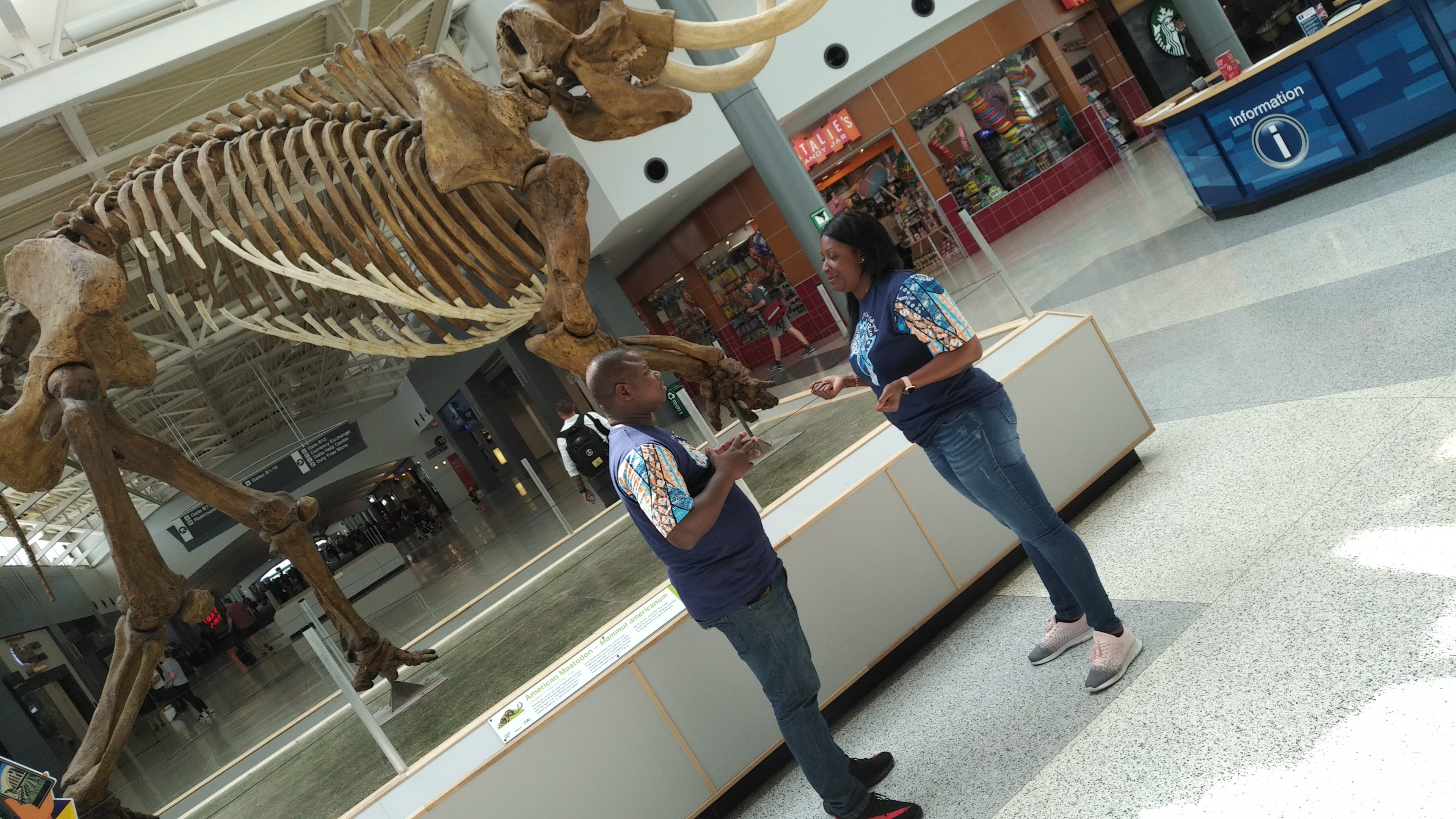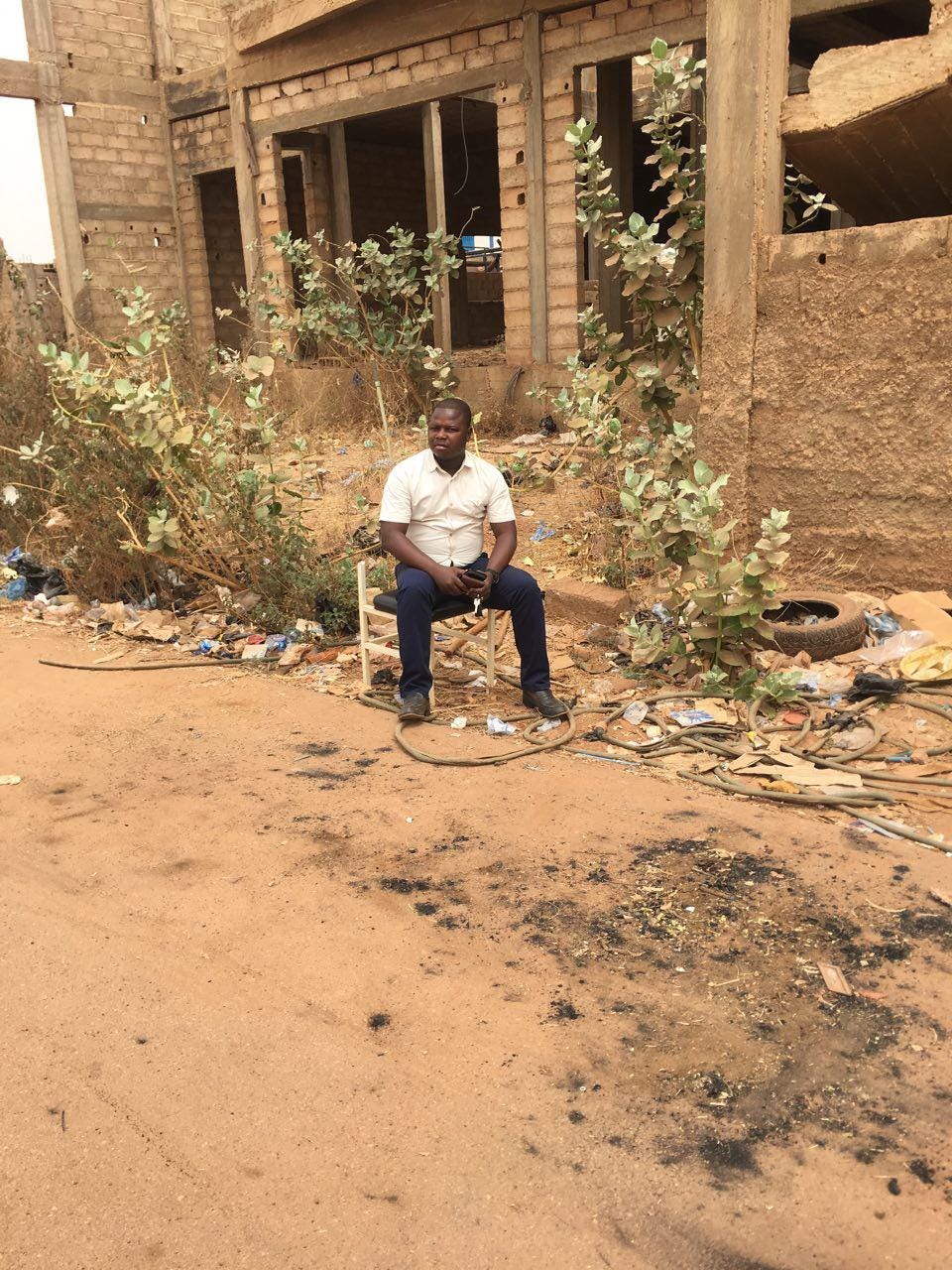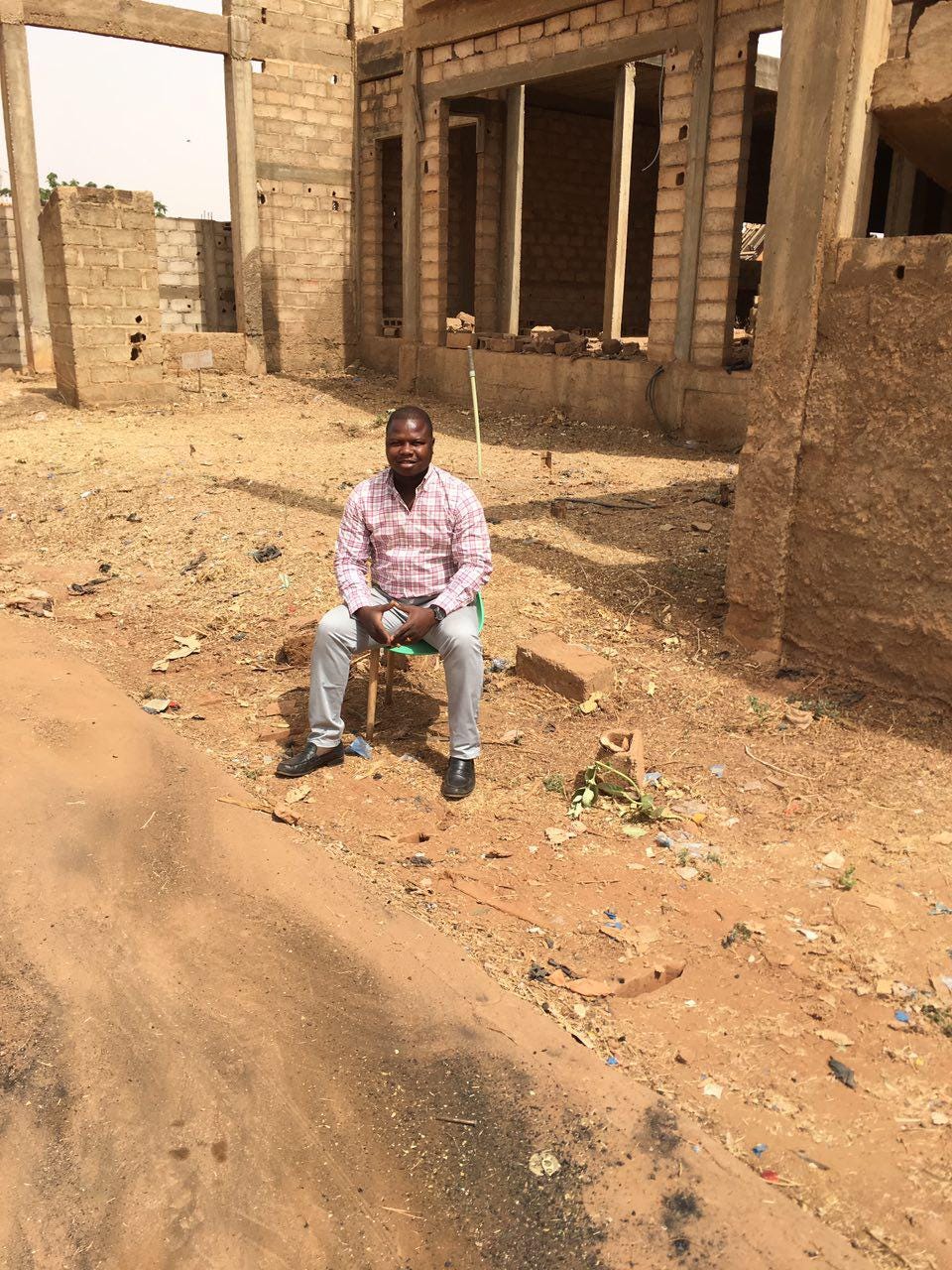Le continent africain est cette partie du monde qui est en proie à la pauvreté, la famine, les crises sécuritaires, etc. Ces faits mettent beaucoup de personnes en difficultés et se répercutent négativement sur leur quotidien.
Beaucoup d’actions humanitaires sont déployées par les ONG internationales à côté des actions étatiques, pour un tant soit peu soulager les populations vulnérables. Toutefois, celles-ci demeurent malheureusement insuffisantes.
C’est dans ce sens que nous avons jugé utile d’agir sur ce front pour contribuer auprès des efforts existants, afin de résoudre quelques problèmes sociaux et humanitaires d’où la naissance de Aid & Save. C’est la résultante de réalisations passées depuis 2017. Ces réalisations seront désormais considérées comme des acquis et portées par la fondation
Aid & save est une organisation non gouvernementale, à but non lucratif, apolitique et non confessionnelle ayant pour but de venir en aide aux populations indigentes et aux groupes sociaux vulnérables à travers des aides et des appuis multiformes.
De manières spécifiques, il s’agit de :
-Contribuer à l’amélioration de la sécurité sociale des personnes démunies ;
-Apporter des appuis alimentaire et sanitaire aux populations nécessiteuses ;
-Redonner de la joie et de l’espoir aux personnes démunies ;
-Promouvoir des initiatives en matières de formation et d’éducation pour l’épanouissement socio-économique des jeunes ;
-Contribuer au bien-être des enfants et des femmes ;
-Promouvoir l’entre-aide, la solidarité et les actions humanitaires dans la société.
La creation de la fondation Aid & Save est régie par la loi N°008-2017/AN du 23 janvier 2017 portant régime juridique applicable aux fondations au Burkina Faso. Elle regorge en son sein 6 chapitres et 51 articles.
Dans l’article 2 du chapitre 1 de la présente loi, on entend par fondation: toute organisation non politique créée par une ou plusieurs personnes physiques ou morales, appelées « fondateurs », qui décident de l’affectation irrévocable de biens, de droits ou de ressources à la réalisation d’une œuvre d’intérêt général et à but non lucratif et non politique.
L’article 24 stipule que:
Les ressources des fondations sont constituées de:
-Ressources propres que sont la dotation initiale, les biens, droits et ressources affectés irrévocablement par le fondateur;
– Ressources issues des libéralités que sont les dons, legs et subventions.
- A ce titre, notre objectif est de mobiliser aussi bien quelques ressources propores,les
- acquisitions passes en terme de realisations concretes ainsi que notre expertise en matière de
- gestion organisationelle,de recherches de fonds et de relations avec les bailleurs afin de mettre
- sur pieds une foundation dotée de resources et d’actions durables.
Le processus de création d’une fondation
Il faut noter qu’il y a des documents à fournir dans la création d’une fondation.
Les Pièces constitutives du dossier d’autorisation d’exercer des fondations nationales (individuelles et d’entreprises) :
- Une demande timbrée à 10 000 FCFA adressée à Monsieur le Ministre de l’administration territoriale, de la décentralisation et de la cohésion sociale ;
- Un Statuts de la fondation en trois (03) exemplaires légalisés ;
- Un Règlement intérieur de la fondation en trois (03) exemplaires légalisés ;
- Un acte notarié attestant l’ouverture d’un compte bancaire et l’approvisionnement dudit compte par la dotation initiale (5 000 000 au moins pour les fondations individuelles et 20 000 000 pour les fondations d’entreprises) ;
- Un état des apports en nature ou en industrie et leur provenance ;
- Un état descriptif des activités des fondateurs ;
- Un engagement de la périodicité des versements de sommes au profit de la fondation ;
- Le/les Casiers judiciaires des fondateurs ;
- Une attestation de situation fiscale (pour les fondations d’entreprises) ;
- Les documents d’identification (CNIB ou passeports légalisés) des fondateurs ;
- La liste des fondateurs ;
- Un programme des activités et le budget prévisionnel sur trois ans.
Comparé aux autres formes de constitution comme les associations, la création d’une fondation s’avère beaucoup plus rigoureuse d’où l’ensemble des pièces citées plus haut. Néanmoins la fondation Aid & Save s’est déjà engagé dans ce processus et nourrit l’espoir de voir bientôt son statut officiellement reconnue par les autorités compétentes.
Grace à ce statut, et à l’expertise dont dispose son équipe, de plusieurs opportunités de financements seront désormais plus accessibles et variées.
Nous sommes déjà heureux d’accompagner le gouvernement Burkinabé dans ses efforts et de savoir que nos actions seront officiellement comptabilisées.
Des projets de Aid & Save en images

Projet “autonomisation économique des femmes dans le village Zongo” mise en oeuvre par SeedHAF




Dons aux orphelins”Noel autrement”



 Soutien aux femmes du Sahel: don à l’association SRY (Yagha) pour fabrication de la pate d’arachides.
Soutien aux femmes du Sahel: don à l’association SRY (Yagha) pour fabrication de la pate d’arachides.



 Projet d’appui à la santé et à l’éducation des personnes albinos dans le Centre et les Hauts Bassins.
Projet d’appui à la santé et à l’éducation des personnes albinos dans le Centre et les Hauts Bassins.



Dons de vivres, materiels et vetements aux personnes deplacées de Manga, Centre Sud du Burkina Faso.





 Santé communautaire, Sensibilisations, Santé des jeunes dans la région du Nord, Ouahigouya.
Santé communautaire, Sensibilisations, Santé des jeunes dans la région du Nord, Ouahigouya.




 Santé communautaire, Région des Hauts Bassins du Burkina Faso.
Santé communautaire, Région des Hauts Bassins du Burkina Faso.
 Soutien à l’éducation et la formation des jeunes dans le domaine de l’informatique et de la technologie.
Soutien à l’éducation et la formation des jeunes dans le domaine de l’informatique et de la technologie.



 Soutien technique dans la recherche de financement pour la construction d’une école-ferme, Région de la boucle du Mouhoun.
Soutien technique dans la recherche de financement pour la construction d’une école-ferme, Région de la boucle du Mouhoun.














 Soutien aux femmes du Sahel: don à l’association SRY (Yagha) pour fabrication de la pate d’arachides.
Soutien aux femmes du Sahel: don à l’association SRY (Yagha) pour fabrication de la pate d’arachides.


 Projet d’appui à la santé et à l’éducation des personnes albinos dans le Centre et les Hauts Bassins.
Projet d’appui à la santé et à l’éducation des personnes albinos dans le Centre et les Hauts Bassins.







 Santé communautaire, Sensibilisations, Santé des jeunes dans la région du Nord, Ouahigouya.
Santé communautaire, Sensibilisations, Santé des jeunes dans la région du Nord, Ouahigouya.



 Santé communautaire, Région des Hauts Bassins du Burkina Faso.
Santé communautaire, Région des Hauts Bassins du Burkina Faso. Soutien à l’éducation et la formation des jeunes dans le domaine de l’informatique et de la technologie.
Soutien à l’éducation et la formation des jeunes dans le domaine de l’informatique et de la technologie.





